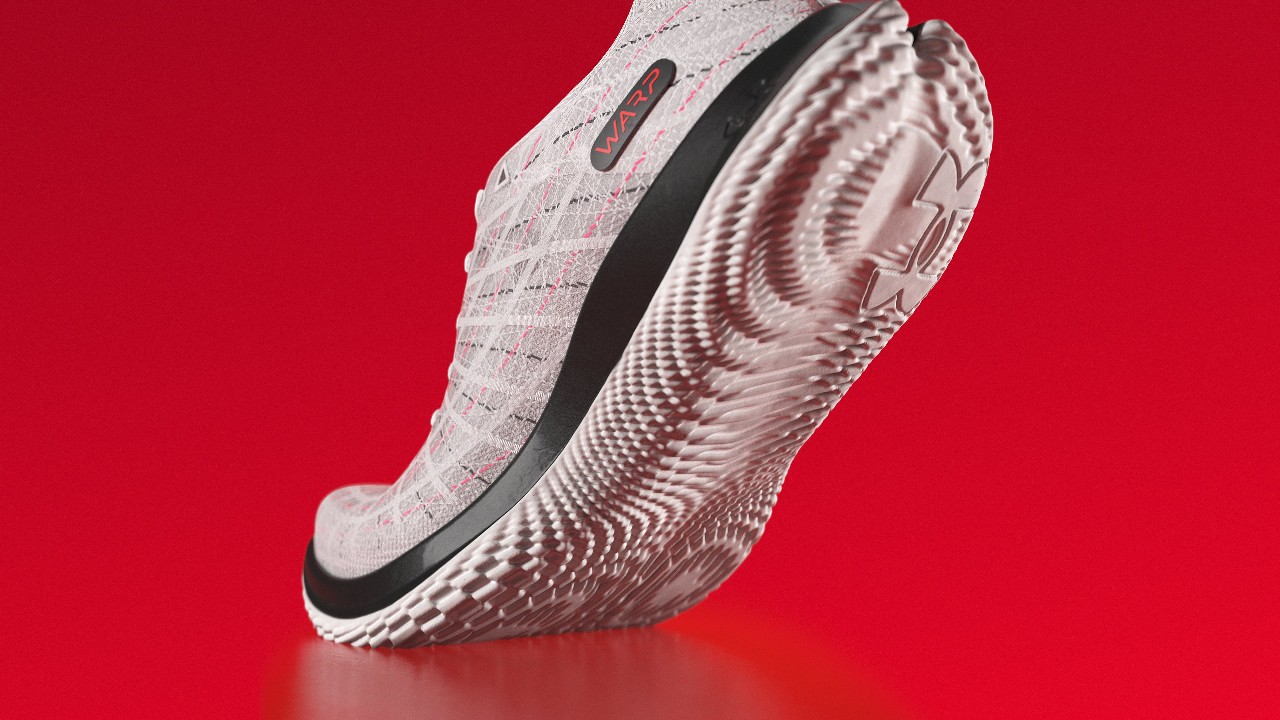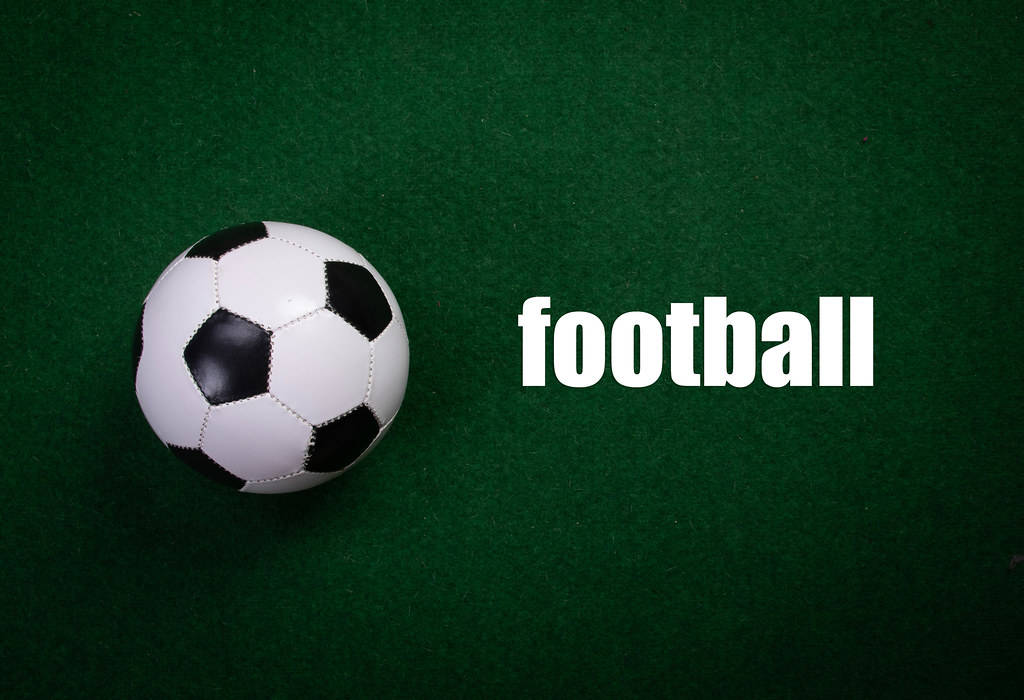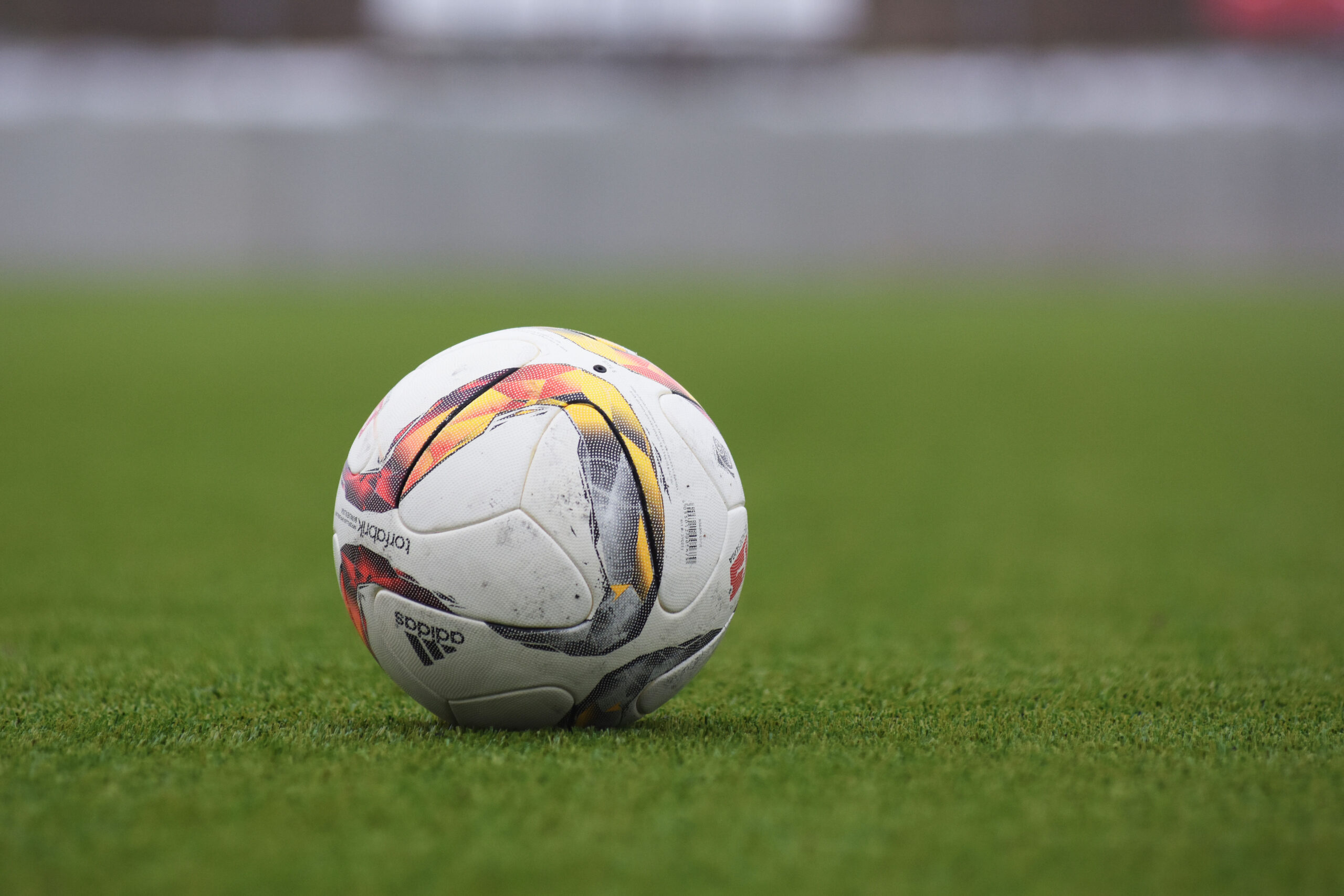Are Soccer Cleats Waterproof? Unveil the Truth Here!
Soccer cleats are not inherently waterproof. Most cleats offer some water resistance but will not keep feet dry in wet conditions.
Playing soccer connects people worldwide, and it often occurs in various weather conditions. Whether you’re dribbling through a sunny field or sprinting on a rain-soaked pitch, the right gear can make a big difference. While soccer cleats are designed for optimal performance and comfort, their ability to handle wet conditions varies.
Traditional leather cleats tend to absorb water, becoming heavy and potentially damaging the material. On the other hand, modern synthetic materials may repel water better but still aren’t completely waterproof. Athletes often treat their cleats with water repellent sprays or choose special models with enhanced resistance to moisture for added protection against the elements. Regardless, knowing the limits of your soccer cleats’ water resistance is crucial for maintaining their condition and your performance on the field.

Credit: about.underarmour.com
The Quest For Dry Feet
Many players dream of playing soccer without wet feet. Not all soccer cleats are waterproof. Some cleats are water-resistant, designed to keep feet drier.
| Material | Water Resistance |
|---|---|
| Leather Cleats | Not naturally waterproof; need treatment |
| Synthetic Cleats | Better at repelling water |
Leather boots, such as those made from kangaroo leather, can absorb water. Regular maintenance and treatments are necessary. Synthetic options provide better protection against water but may lack the comfort of leather.

Credit: about.underarmour.com
Enhancing Cleat Longevity
Soccer cleats are not inherently waterproof. To extend their lifespan, applying a waterproofing treatment is essential. Products like waxes or silicone sprays can add a protective layer. This barrier repels water and prevents damage. For best results, apply the treatment before the cleats get wet.
Once the game ends, take care of your cleats immediately. Stuffing them with newspaper absorbs moisture and helps maintain their shape. Let them air dry naturally. Avoid using heat as it can warp the material. A gentle brush can remove mud.
Remember, regular maintenance after exposure to water preserves cleat condition. Proper care will ensure better performance and longer use.
On-pitch Performance
Concerns about damaging the cleats in wet weather exist. Yet, many modern cleats are made with water-resistant materials. Such materials can handle occasional rain without harm. Always dry your cleats properly to extend their life.
Players using non-waterproof cleats might choose additional measures. They could apply waterproofing sprays to protect their footwear. It is a simple step for better durability and long-term use.
Beyond The Game
Soccer cleats are not made to be waterproof. Think about indoor soccer shoes. They are for dry, flat surfaces. Bring them outside, on wet grass – they fail. The grip loses its power. Wet grass is not their friend.
Cleats in the shower, why odd? Cleats trap water. They are for kicking soccer balls, not shower floors. They may get soaked, yes. But drying them is a chore. Care for cleats is important, especially after getting wet.
Choosing Your Arsenal
Choosing the right soccer cleats is crucial for players’ performance and comfort. The term “waterproof soccer cleats” is often used, but true waterproofing is rare. Many cleats are water-resistant instead. This means they can handle light rain but not complete submersion. For rainy or wet conditions, synthetic materials tend to be more water-repellent.
The high-end models often feature “weatherproof” layers or technologies like GORE-TEX®. These technologies help in keeping the feet dry. Always check the product specifications before making a purchase. Preparation is key for keeping your feet dry on the pitch.
| Cleat | Material | Waterproof Level |
|---|---|---|
| Nike Mercurial | Synthetic | Water-Resistant |
| Adidas Predator | Synthetic | Water-Resistant |
| PUMA Future | Synthetic | Water-Resistant |

Credit: www.sb-roscoff.fr
Conclusion
Wrapping up the debate, it’s clear that soccer cleats aren’t inherently waterproof. Optimizing your play in damp conditions means selecting the right gear and care routine. Protect your investment and ensure maximum grip with proper maintenance. Remember, the lifespan of your cleats heavily depends on how well you shield them from the elements.
Keep them dry and game-ready with these tips, and hit the field confidently, rain or shine.


